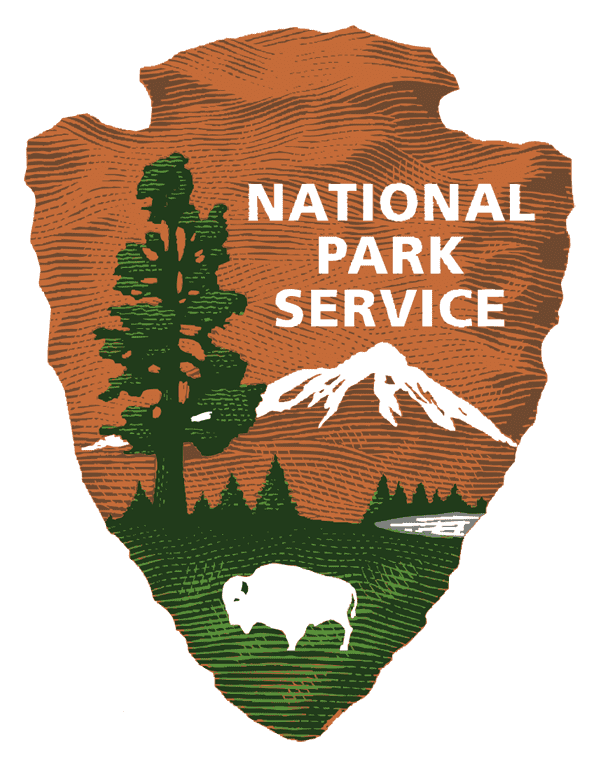Welcome to the Fort Monroe Seawall Trail!
The Fort Monroe Seawall Trail is a picturesque waterfront pathway for people of all skill levels to exercise, enjoy the gentle sea breeze, and take in historical and scenic views. Located along the Chesapeake Bay, this 3.9-mile walk provides stunning water views and access to various historical sites within the fort. Many spend time walking, running, and bird-watching along the Seawall trail.
Trail Description:
- Open year-round
- 3.9-mile out-and-back trail near Fort Monroe, VA
- Easy route, taking about 1 hour to complete
- Designated picnic and rest stops all along the trail
- Dogs are welcome but must be leashed
- Paved and level, making it accessible for wheelchairs and strollers
Seawall Trail Highlights
The Seawall Trail wraps all along Fort Monroe’s waterfront, providing stunning views and allowing exploration of the area for all skill levels.
Rock Jetty at Outlook Beach
One such area to explore is Rock Jetty at Outlook Beach. This beachfront at the northern end of the trail is a great spot for birdwatching, jogging, or beachcombing. You might even spot large ships coming into shore here.
Phoebus Pier and Waterfront Park
Locally called the “dingy dock,” this ADA-accessible, public pier is an easy stop on your way into Fort Monroe. Wading birds are usually observed along the shoreline here. It’s also an excellent stop for picnicking, boating, or kayaking.
Parade Ground
This open area is an excellent spot for bird- and tree-lovers alike. The mature live oak trees provide a natural habitat for songbirds and cooper’s hawks. At the eastern part of the grounds, you’ll find the Algernourne Oak, a 500-year-old oak named after Fort Algernourne. This impressive oak tree saw the construction of Old Point Comfort and is firmly rooted in Virginia history.
History of Seawall Trail and Fort Monroe
Fort Monroe holds historical significance within its geography. Once connected to the mainland by a narrow isthmus, Old Point Comfort, the southern tip of the peninsula, once featured sandy beaches and wooden wharves during the 19th and part of the 20th centuries. During that time, the coastal area lacked seawalls and relied on wooden bulkheads and early jetties for shoreline preservation.
After Fort Monroe’s construction in 1819, coastal protection was a paramount concern against devastating and violent storms. To combat the threat, the first concrete seawall was erected in 1895, marking a pivotal shift in coastal defense. Over time, the concrete seawall expanded both eastward and westward, fortifying Fort Monroe and its surroundings against the relentless forces of nature.
Wildlife You May Encounter
Along the Fort Monroe Seawall trail, you’ll be able to observe a diverse array of remarkable wildlife. When observing the local wildlife, please maintain and safe, respectful distance to avoid disturbing these incredible creatures.
The wildlife observation platform located at the trail’s northern end is a great place to observe bottlenose dolphins, ospreys, black skimmers, and brown pelicans, as well as take in the scenic view overlooking Mill Creek.
Many visitors report sightings of seabirds like royal terns, common terns, laughing gulls, and ospreys along the moat surrounding the fort. Others report viewing the occasional jellyfish, dragonflies, butterflies, and potentially even Fort Monroe’s famous red foxes. During winter, visitors might spot a diverse range of overwintering waterfowl and northern gannets in this area.





